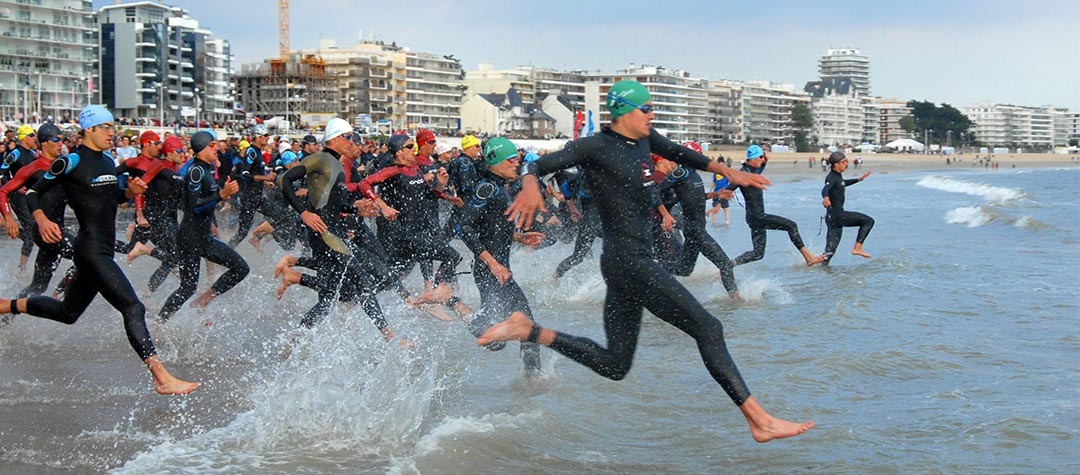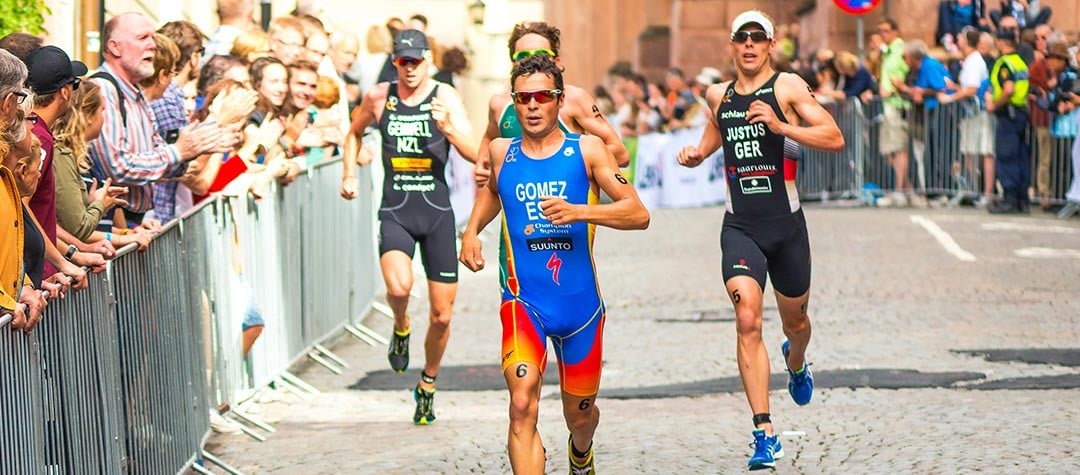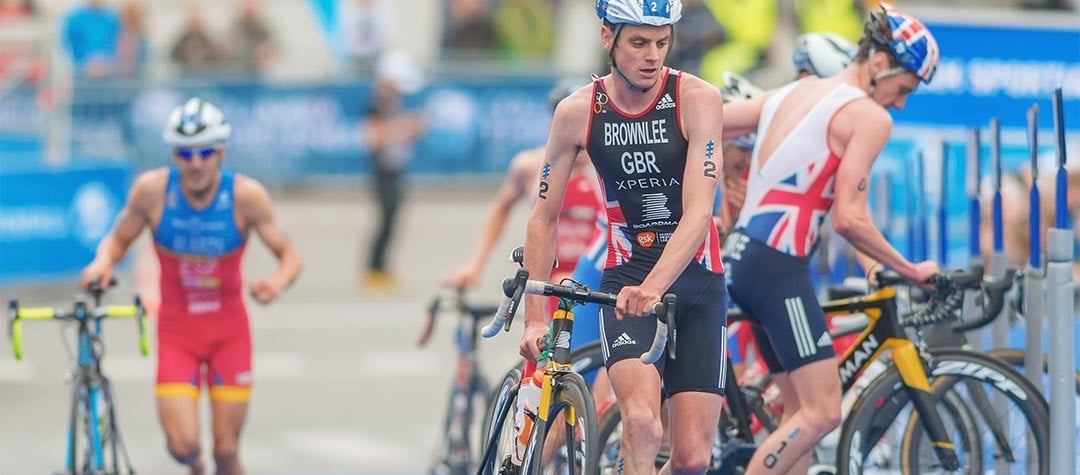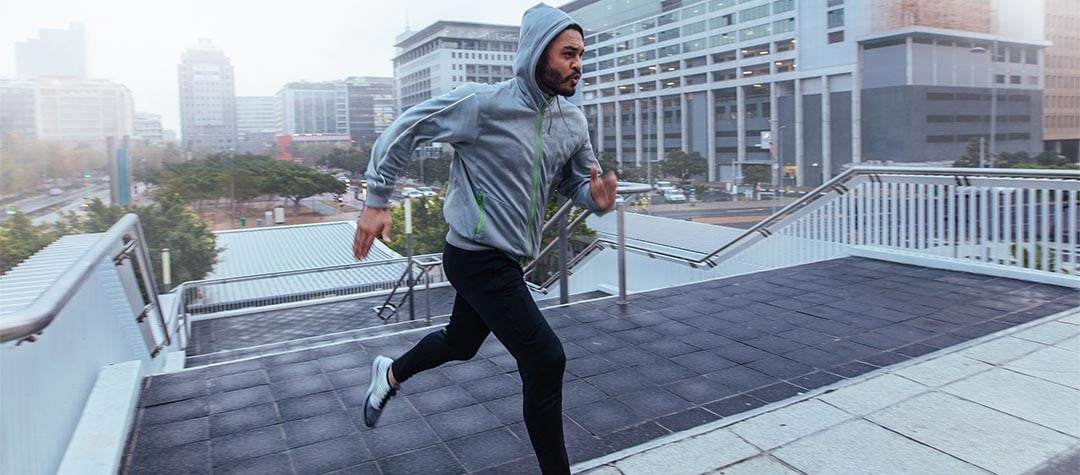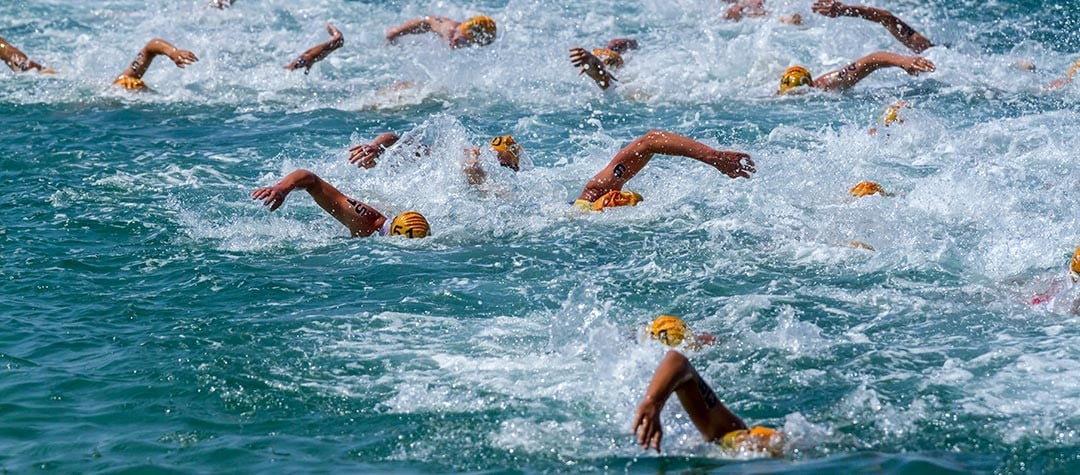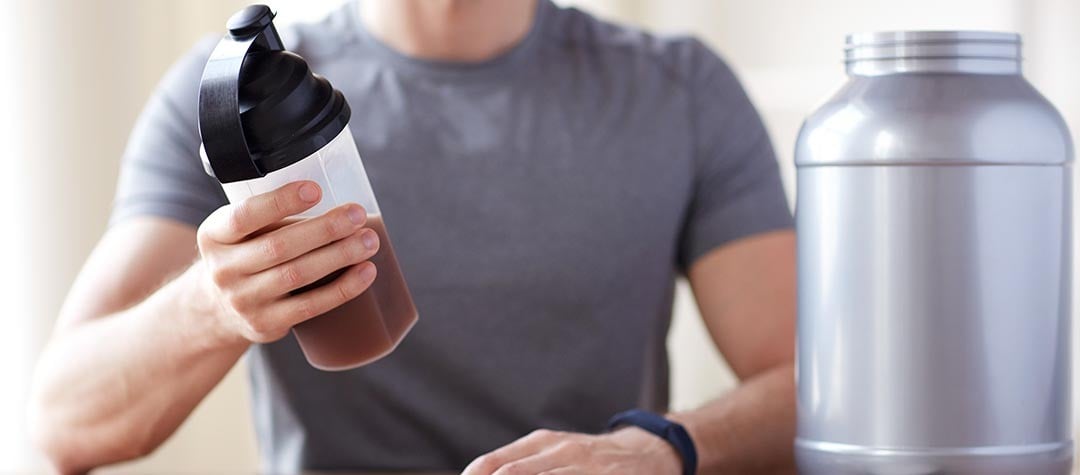Techniques and tricks guaranteed to improve your triathlon performance - try any of these five to make much more than marginal gains.
Nailing the triathlon isn’t just about pure speed in each of the three disciplines. To really separate yourself from the competition, give yourself an edge by mastering these five triathlon secrets.
1. Bike set up
One of the most basic things you can do to improve your triathlon performance which will also often give you the biggest gains, is to improve your bike position and optimise your equipment. A great bike position will allow you to position your body to put as much power as you can through the pedals while at the same time remaining as aerodynamic as possible.
It’s hard because for a while it might not be the most comfortable position for you and it may take a while to get used to. But it’s not really costing you any more energy to change and the time you put into this will give you great returns in performance. Think about how much time you may have to put into your running to improve your 10k by two minutes, and consider the fact that you could drop this time much easier and quicker with an improved bike position.
2. Pacing
Being able to pace your race properly to maximise your performance is no secret. We all know you’ll end up faster in the long run but it’s common that people still muck this up. A little bit too fast at the start of a race can blow out to being much slower at the back end of the race, so stick to your plan and be patient.
When you start to get into medium-long distance triathlon it becomes even more important. You have to have a plan because in all likelihood the numbers you are producing are too high, which means it’s only a matter of time until you can’t hold the pace anymore.
It’s also within the rules to ride 10 metres behind the person in front, so try to nail sticking at this distance because 10 metres still gives you a good drag along to a faster race.
That said it is also worthwhile factoring in whether it’s worth straying slightly from your plan in order to stay with another athlete and remain in the race. This could prove a psychological advantage as you can pace off the athlete in front and get dragged onto a faster performance than you’d be capable of on your own. But it’s also within the rules to ride 10 metres behind the person in front, so try to nail sticking at this distance because 10 metres still gives you a good drag along to a faster race.
3. Gym work
Gym work is often overlooked by triathletes. They feel that if it’s not working their cardiovascular system then they’re not improving. They couldn’t be more wrong!
A good solid gym programme can really improve you as an athlete. You have the injury prevention perspective because if you’re able to stay injury free from work in the gym, it will make you a better triathlete because you’ll be more consistent.
Then there is the performance perspective. Being able to remain stable under fatigue in all three disciplines will improve efficiency and allow you to remain stronger for longer.
I just received a wake-up call from a recent trip to a performance analyst Belgium, where they were most impressed with my numbers but said my “technique made their eyes hurt!” Cue a lot more stability and coordination training in the gym to remain more solid on the bike.
4. Drafting and positioning in the swim
We all know that drafting on the bike will help you save a heap of energy, but did you know that it’s a very similar story in the water as well? On the start line take some time to figure out the best place to start.
Drafting on the bike will help you save a heap of energy, but did you know that it’s a very similar story in the water as well?
First of all choose the shortest line to the first buoy, bearing in mind currents that might be present and then find an athlete who’s a little bit faster than you and don’t leave their side. Swim either just off to their side or directly on their feet, but stay far enough away not to touch them or disrupt their race, because that will annoy them and slow both of you down.
If you can get this right it can save you up to four seconds per 100 metres. It pays to practice this in the swimming pool in training, and you can do this in busy squad sessions by pushing off the wall just behind the person in front.
5. Master your transitions
If you can, it’s always worth picking up those little bits of free speed along the way whenever you can to make yourself a faster triathlete. The two transitions are a significant part of a triathlon and another place where you can easily make up a minute or so here and there. Try to master taking your wetsuit off, and have it around your waist by the time you reach your bike.
If you’re good at it, you can have your wetsuit completely off and helmet clipped on in seven seconds. Your bike shoes should already be on your bike so you’re only standing in T1 for 10 seconds and it doesn’t take much talent to be able to do that!
In the second transition leave your shoes on the bike so you can run properly with your bare feet and always have elastic laces in your shoes. This will save you a lot of time because it takes ages to tie shoelaces in a hurry!

